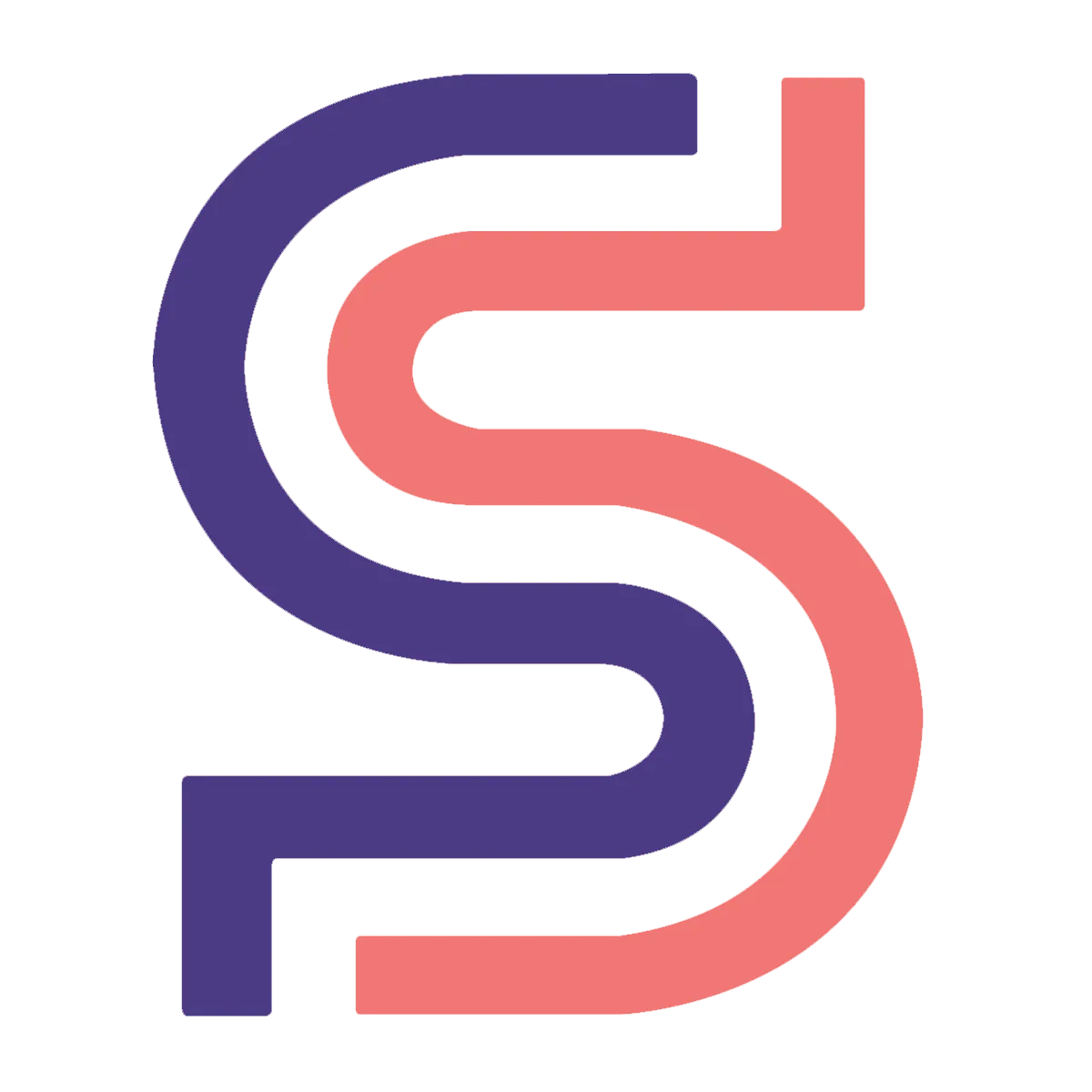Custom eLearning development is a complex process.
We evaluate the following 4 elements when providing a quote.
1. Content Readiness
Content readiness refers to the current state of your educational material. This can range from an initial concept with no developed content, to partial content requiring structural organization, to complete content ready for design implementation.
Understanding the stage of content readiness helps us determine the scope of work needed to transform your ideas into an engaging eLearning experience.
Stage 1 - Just an idea
At this stage, you have a conceptual idea and need comprehensive support to develop the content. This includes conducting research, interviews, and copywriting to create the educational material from scratch. We can guide you through every step to ensure your idea transforms into a structured and effective eLearning course.
Stage 2 - Draft Content
You have a draft version of the content ready but require assistance with editing and structuring it to ensure a smooth flow. We can help refine your material, ensuring it is well-structured and ready for the design phase, creating a cohesive and engaging learning experience.
Stage 3 - Structured Content
Your content is fully developed and well-structured, potentially having been tested in live training sessions with proven results. At this level, we can proceed directly to the design phase without needing to collaborate with your Subject Matter Experts (SMEs), expediting the development process.
Stage 4 - Storyboard Complete
This stage is for Storyline development projects where you have complete storyboards. All content, audio scripts, visual layouts, page functionalities, image selections, quizzes, and other design decisions are finalized and documented. We can move straight into development, ensuring efficient and precise execution.
2. Interactivity
The interactive level describes the extent of interactivity required in the eLearning course. This could be simple text with stock visuals and basic interactive quizzes, or it could involve fully immersive experiences with gamification and complex branching scenarios.
Identifying the desired level of interactivity is crucial for estimating the development time and resources needed to create a compelling and engaging learning environment.
Level 1 - Essential
In this level, the focus is on content delivery with text and appealing visuals. It includes basic interactive elements such as clickable imagery, flip charts, and quizzes. This rapid development course is ideal for low-budget projects and Subject Matter Experts (SMEs) looking for a quick, effective solution to present their content.
Level 2 - Enhanced
This level features basic scenarios, additional visuals, storyline blocks, and more interactive elements. Custom infographics are used to visually explain concepts, enhancing learner engagement. It provides a balanced mix of interaction and content delivery, making it suitable for more detailed eLearning experiences.
Level 3 - Advanced
At this level, courses include storyline development with audio voiceovers for each slide. Learners engage with advanced branching scenarios and interactive videos. This level offers a deeper, more immersive learning experience, making complex topics more accessible and engaging through interactive storytelling.
Level 4 - Immersive
This top-tier level incorporates gamification, 3D visuals, and software simulations. It provides a highly immersive and interactive learning experience, perfect for complex training needs and high-budget projects. This level ensures maximum engagement and retention through advanced multimedia and interactive techniques.
3. Format & Duration
This element details the current format of your content and its length. Your material might be in a text document, a PowerPoint presentation, or video recordings from live training sessions.
Additionally, we need to know the word count for text-based content or the duration of video recordings. This information helps in assessing the effort required to convert your existing material into a polished eLearning module.
4. Multimedia
Multimedia encompasses the various types of media elements that might be required to enhance your eLearning course. This could include audio narration, video editing, animations, closed captions, and infographics.
Specifying the multimedia needs allows us to allocate the right resources and skills to produce high-quality, engaging content that meets your educational goals.
